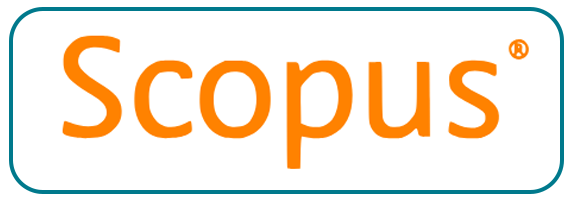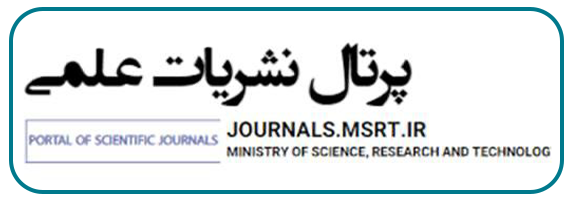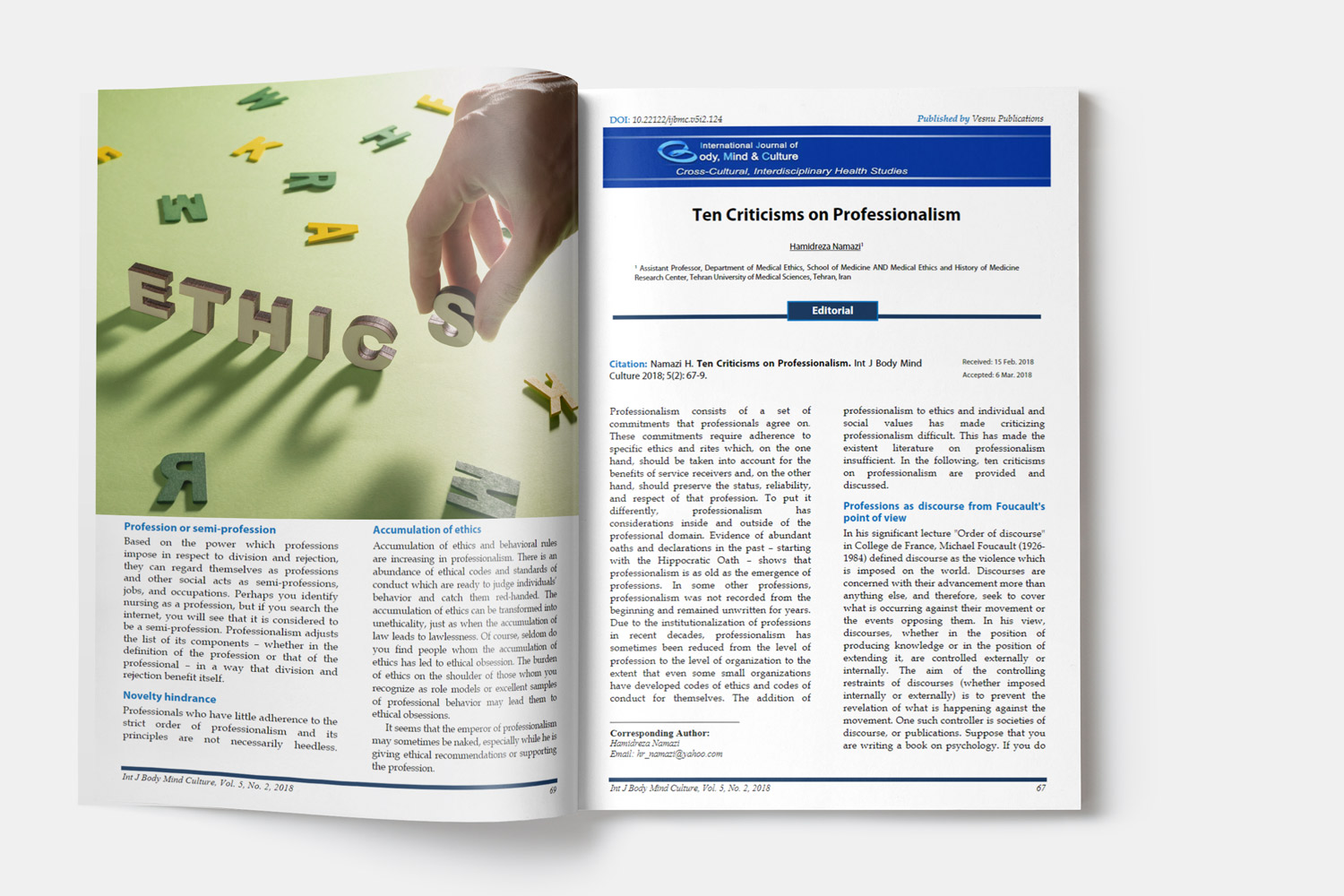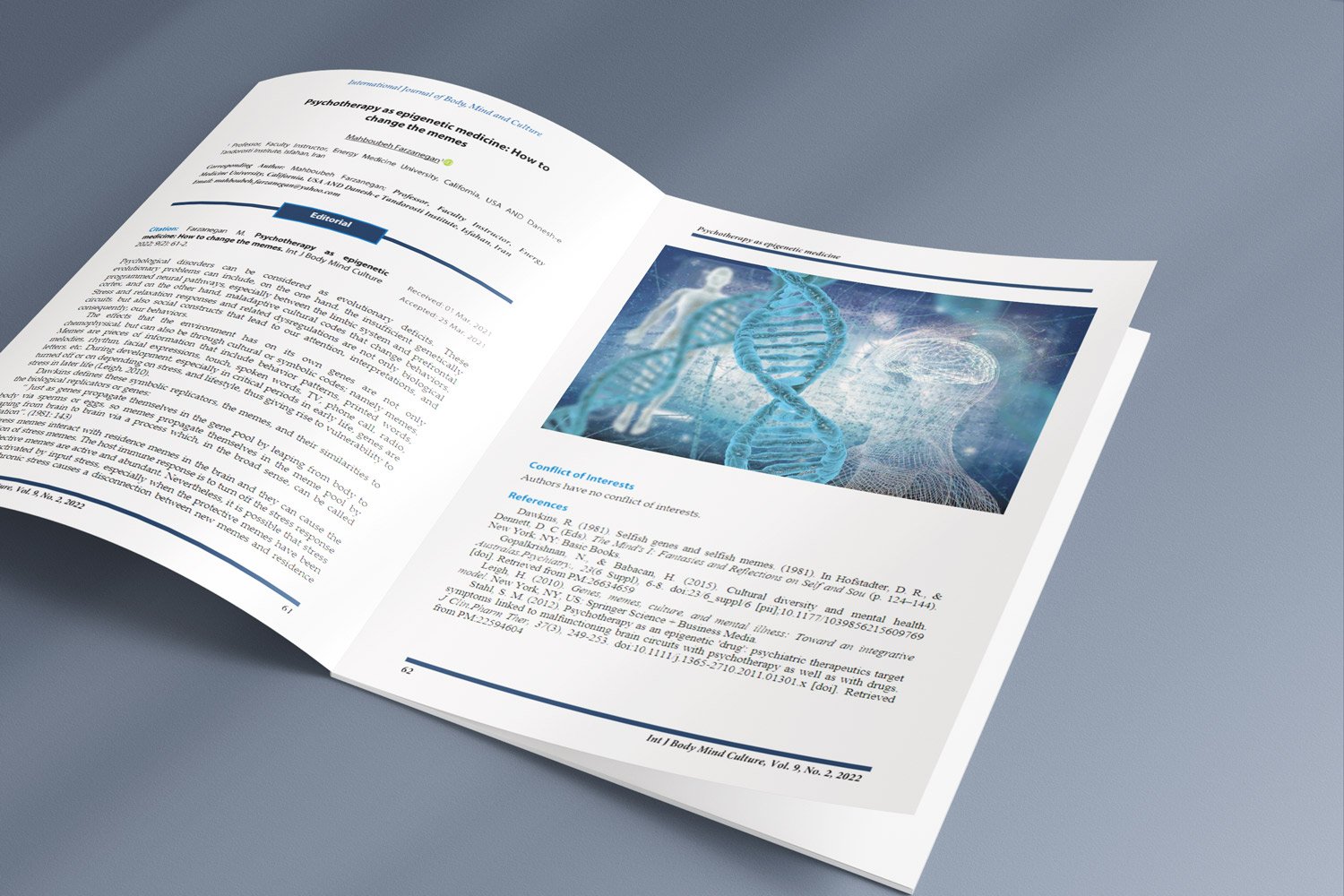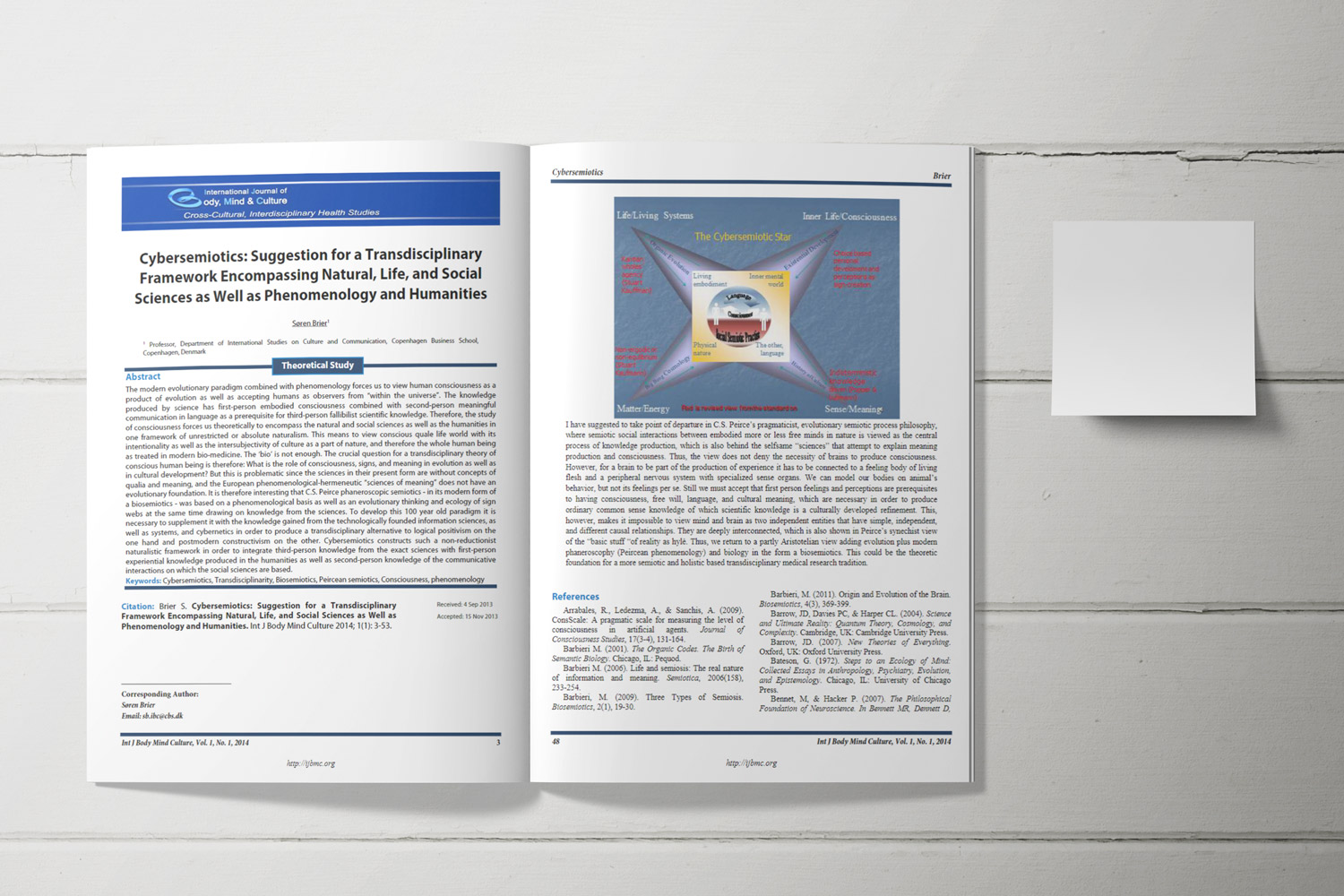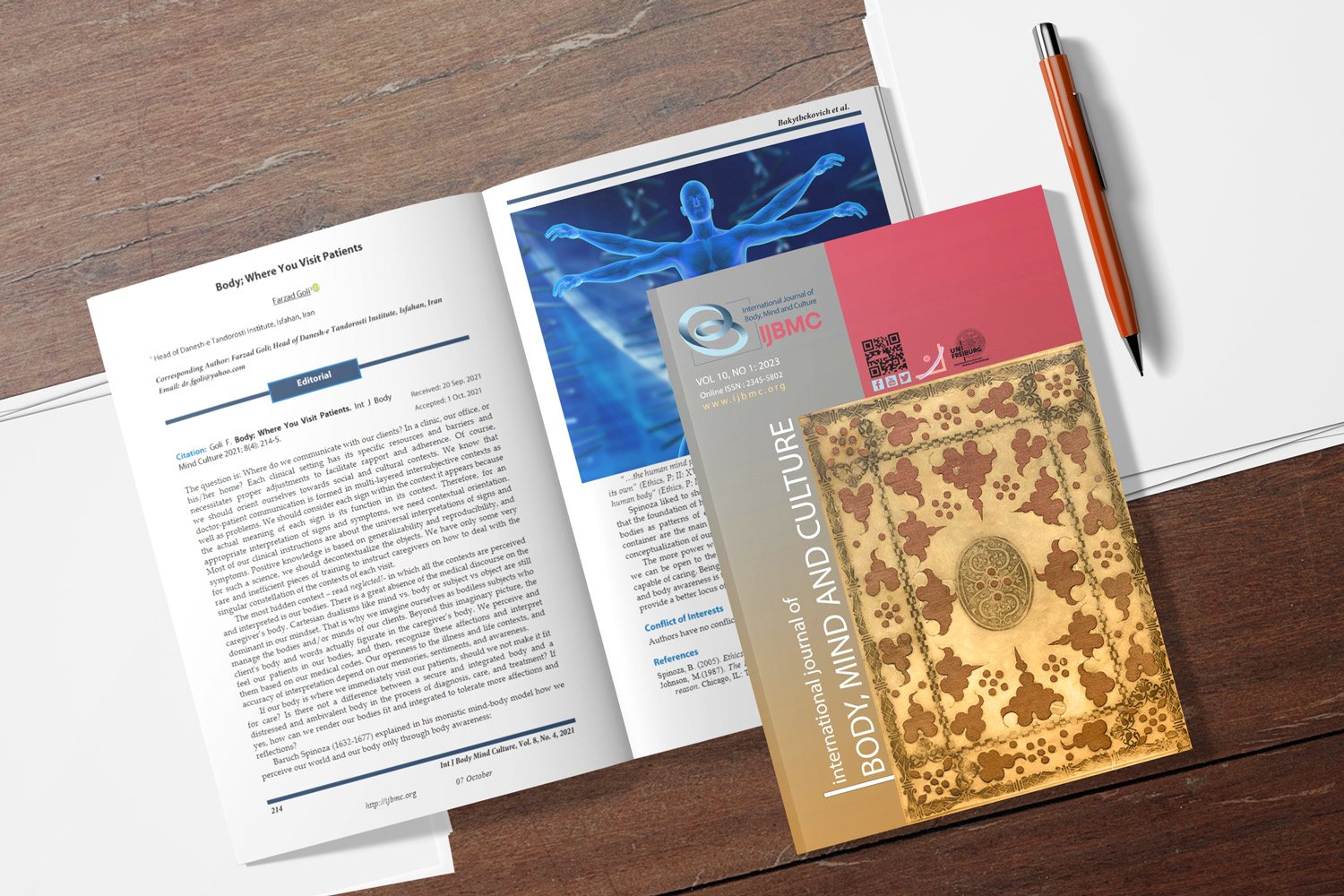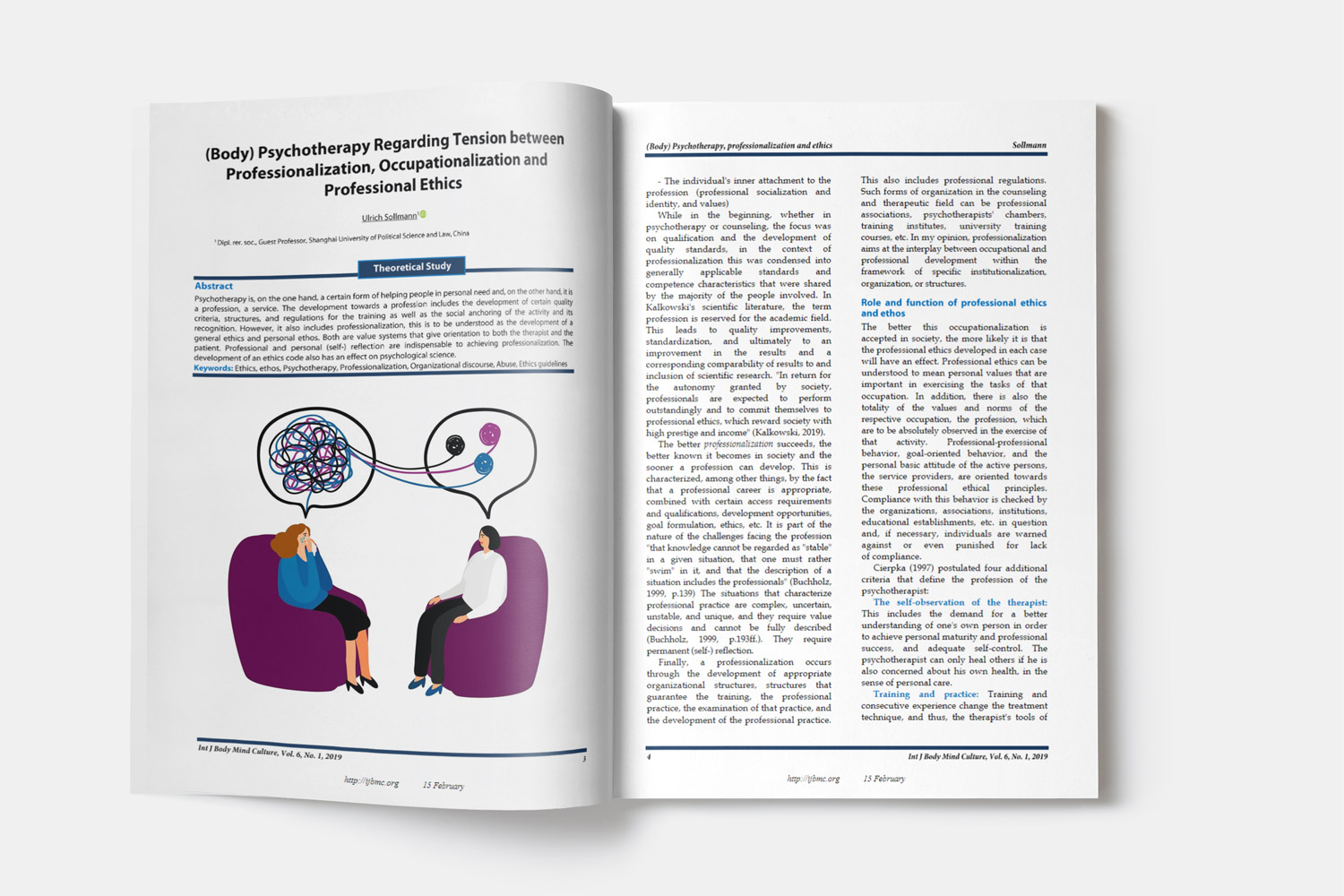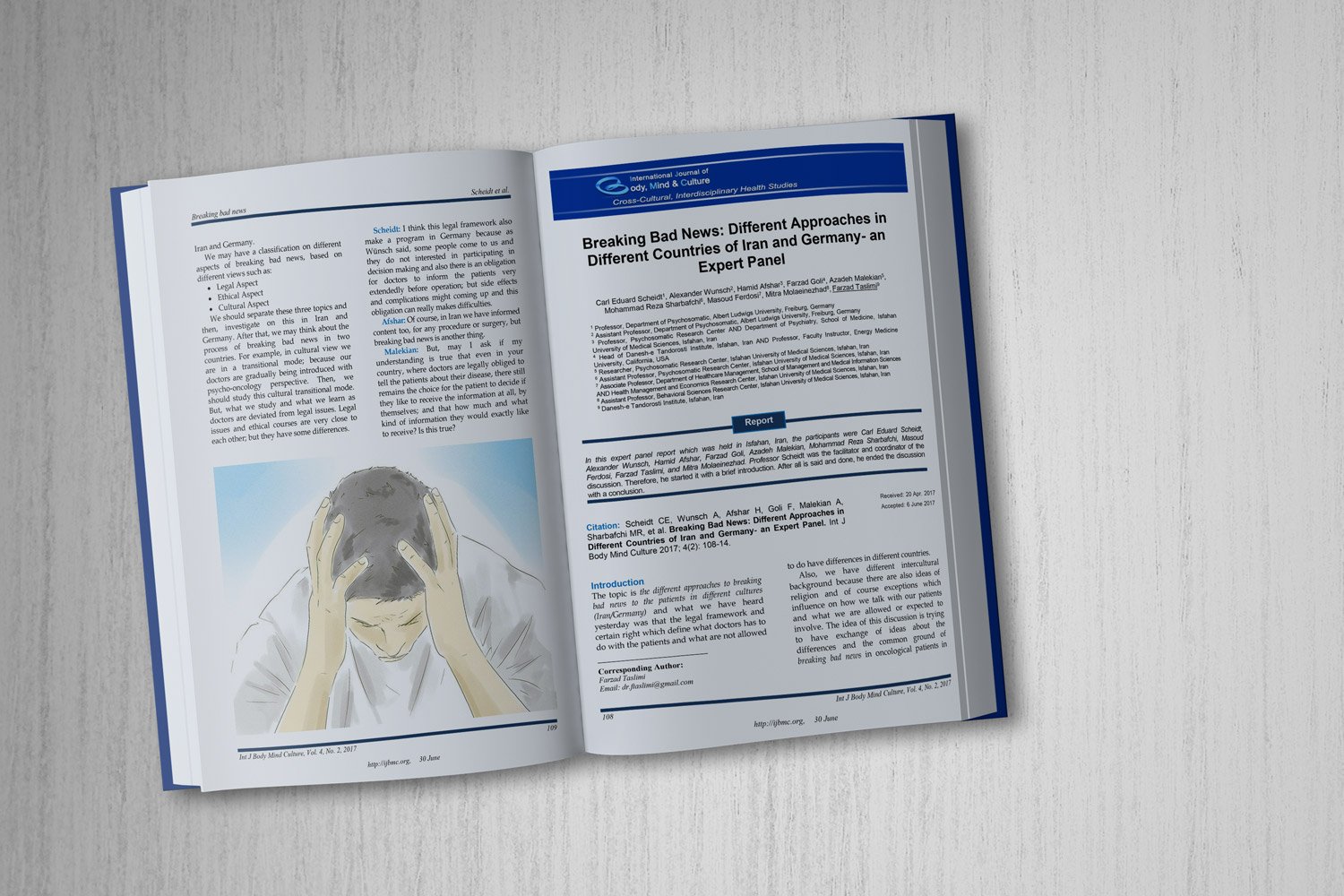Embodied Reflections of Body-Oriented Clinical Psychology Students during Covid-19
Downloads
The world has encountered a pandemic named Covid-19 that has affected people’s lives in numerous dimensions. During this ongoing dramatic and stratified period, we have been shattered globally in various layers. As 12 students of the first Body-Oriented Clinical Psychology master's program at Maltepe University in Turkey, we experienced uncertainty caused by the pandemic accompanied with online Body-Oriented Psychotherapy classes. Our experiences in Turkey, mostly Istanbul between mid-March and June, 2020 can be an example of reacting with uncertainty to the unexpected Covid-19 pandemic and may highlight the role of the body coping. In this article, we intended to reflect our pandemic experiences of significant changes in our lives. We examined our perception of the new normal as ‘Body-Oriented Clinical Psychology students’ in our reflections with distinct and common experiences. In addition, we covered the experiences of body awareness, embodiment, emotions, and interpersonal relationships while coping with the coronavirus. Our reflections revealed that the uncertainty of online education and other circumstances during this time caused anxiety and anger, while body-oriented courses helped us feel regulated and attuned. Sharing our experiences and evaluating the effects of our education on these experiences of lock-downs were important in gaining a better understanding of the circumstances in order to determine helpful solutions.
Downloads
Allen, M. S., & Walter, E. E. (2016). Personality and body image: A systematic review. Body Image., 19, 79-88. doi:S1740-1445(16)30103-6 [pii];10.1016/j.bodyim.2016.08.012 [doi]. Retrieved from PM:27636159
Antonini, P. R., Schiavio, A., & Biasutti, M. (2020). Adaptation and destabilization of interpersonal relationships in sport and music during the Covid-19 lockdown. Heliyon., 6(10), e05212. doi:10.1016/j.heliyon.2020.e05212 [doi];S2405-8440(20)32055-7 [pii]. Retrieved from PM:33072923
Aristovnik, A., Keržic, D., Ravšelj, D., Tomaževic, N., Umek, L. Impacts of the COVID-19 Pandemic on Life of Higher Education Students: A Global Perspective. Sustainability 2020, 12, 8438.
Arslan, E., & Rcan, S. (2020). Significance of Exercise During COVID-19 Pandemic and SocialDistancing/COVID-19 Pandemisi ve Sosyal Izolasyon Sürecinde Egzersizin Önemi. Turkish Journal of Sports Medicine, 55(2), 188-191.
Askin, R., Bozkurt, Y., & Zeybek, Z. (2020). Covid-19 pandemisi: psikolojik etkileri ve terapötik müdahaleler. Istanbul Ticaret Üniversitesi Sosyal Bilimler Dergisi, 19(37), 304-318.
Asmundson, G. J., Taylor, S., Bovell, C. V., & Collimore, K. (2006). Strategies for managing symptoms of anxiety. Expert Review of Neurotherapeutics, 6(2), 213-222. doi:doi: 10.1586/14737175.6.2.213. Retrieved from https://doi.org/10.1586/14737175.6.2.213. Retrieved from Taylor & Francis.
Aykut, S. Soner Aykut, S . (2020). Kovid-19 Pandemisi ve Travma Sonrasi Stres Bozuklugu Temelinde Sosyal Hizmetin Önemi . Toplumsal Politika Dergisi , 1 (1) , 56-66. Ref Type: Generic
Behar, E., DiMarco, I. D., Hekler, E. B., Mohlman, J., & Staples, A. M. (2009). Current theoretical models of generalized anxiety disorder (GAD): conceptual review and treatment implications. J Anxiety Disord, 23(8), 1011-1023. doi:S0887-6185(09)00133-9 [pii];10.1016/j.janxdis.2009.07.006 [doi]. Retrieved from PM:19700258
Berenbaum, H., Bredemeier, K., & Thompson, R. J. (2008). Intolerance of uncertainty: Exploring its dimensionality and associations with need for cognitive closure, psychopathology, and personality. J Anxiety Disord, 22(1), 117-125. doi:S0887-6185(07)00019-9 [pii];10.1016/j.janxdis.2007.01.004 [doi]. Retrieved from PM:17349774
Cebolla, A., Miragall, M., Palomo, P., Llorens, R., Soler, J., Demarzo, M. et al. (2016). Embodiment and body awareness in meditators. Mindfulness, 7(6), 1297-1305. doi:doi:10.1007/s12671-016-0569-x. Retrieved from Springer.
del Valle, M., Andrésa M. L., Urquijoa, S., Yerro-Avincettoa, M., López-Moralesa, H., & Canet-Juric, L. (2020). Intolerance of uncertainty over COVID-19 pandemic and its effect on anxiety and depressive symptoms. Revista Interamericana de psicologia/Interamerican Journal of Psychology, 54(2), e1335.
Eisenberger, N. I. (2012). The pain of social disconnection: examining the shared neural underpinnings of physical and social pain. Nat.Rev Neurosci, 13(6), 421-434. doi:nrn3231 [pii];10.1038/nrn3231 [doi]. Retrieved from PM:22551663
Erden, A., Altuğ, F., & Cavlak, U. (2013). Investigation of relationship between body awareness, pain, emotional status and quality of life with healty people. J Kartal TR, 24(3), 145-150.
Fullana, M. A., Hidalgo-Mazzei, D., Vieta, E., & Radua, J. (2020). Coping behaviors associated with decreased anxiety and depressive symptoms during the COVID-19 pandemic and lockdown. J Affect.Disord, 275, 80-81. doi:S0165-0327(20)32385-5 [pii];10.1016/j.jad.2020.06.027 [doi]. Retrieved from PM:32658829
Glowacz, F., & Schmits, E. (2020). Psychological distress during the COVID-19 lockdown: The young adults most at risk. Psychiatry Res, 293, 113486. doi:S0165-1781(20)33147-4 [pii];10.1016/j.psychres.2020.113486 [doi]. Retrieved from PM:33007682
Hanscom, D., Clawson, D., Porges, S., Bunnage, R., Aria, L., Lederman, S. et al. (2020). Polyvagal and Global Cytokine Theory of Safety and Threat Covid-19 – Plan B. SciMedicine Journal, 2, 9-27.
Kasapoglu, F. (2020). Examination of the Relationship Between Anxiety with Spirituality, Resilience and Intolerance of Uncertainty in the COVID-19 Outbreak Process. Turkish Studies, 15(4), 599-614.
Levine, P. A., & Frederick, A. (1997). Waking the Tiger: Healing Trauma : the Innate Capacity to Transform Overwhelming Experiences. Berkeley, CA: North Atlantic Books Retrieved from https://books.google.com/books?id=3Y2t1oQEmcoC.
Levine, P. [NICABM]. (2016, July 20). Demonstrates How Trauma Sticks in the Body [Video]. Youtube. https://www.youtube.com/watch?v=fiq0sILHiJs
Maltepe University. (2021). Clinical Psychology (with Thesis-Body Psychotherapy Certificate). Istanbul, Turkey: Maltepe University.
Marlock, G., Weiss, H., Young, C., & Soth, M. (2015). Röhricht, F. (2015) "Body schema," "Body image," and bodily experience. Concept formation, definitions, and clinical relevance in diagnostics and therapy. The Handbook of Body Psychotherapy and Somatic Psychology. Berkeley, CA: North Atlantic Books.
Mehling, W. E., Gopisetty, V., Daubenmier, J., Price, C. J., Hecht, F. M., & Stewart, A. (2009). Body awareness: construct and self-report measures. PLoS.One., 4(5), e5614. doi:10.1371/journal.pone.0005614 [doi]. Retrieved from PM:19440300
Obst, P., & Stafurik, J. (2010). Online we are all able bodied: Online psychological sense of community and social support found through membership of disability-specific websites promotes well-being for people living with a physical disability. Journal of Community & Applied Social Psychology, 20(6), 525-531.
Porges, S. (2020). The COVID-19 Pandemic is a Paradoxical Challenge to Our Nervous System: A Polyvagal Perspective. Clinical Neuropsychiatry, 17 (2),131-134.
R+¦hricht, F., Gallagher, S., Geuter, U., & Hutto, D. (2014). Embodied cognition and body psychotherapy: The construction of new therapeutic environments. Sensoria: A Journal of Mind, Brain & Culture, 56(1), 11-20.
Reger, M. A., Stanley, I. H., & Joiner, T. E. (2020). Suicide Mortality and Coronavirus Disease 2019-A Perfect Storm? JAMA.Psychiatry, 77(11), 1093-1094. doi:2764584 [pii];10.1001/jamapsychiatry.2020.1060 [doi]. Retrieved from PM:32275300
Rettie, H., & Daniels, J. (2021). Coping and tolerance of uncertainty: Predictors and mediators of mental health during the COVID-19 pandemic. Am Psychol, 76(3), 427-437. doi:2020-52963-001 [pii];10.1037/amp0000710 [doi]. Retrieved from PM:32744841
Röhricht, F. (2013). , Gerken, S., Stupiggia, M., & Valstar, J. Clinical Roundup: Selected Treatment Options for Anxiety. Alternative and Complementary Therapies, 19(6), 337-343.
Sahin, M. (2017) Davranýþýn Biyolojik Temelleri, Psikolojiye Giriþ, Hamit Coþkun, Nilüfer Þ. Özabacý (Editörler), Ýstanbul: Lisans Yayýncýlýk.
Sarýcam, H. (2014). The effect of intolerance of uncertainty on happiness. Sosyal Bilimler Dergisi, 4(8), 1-12.
Sheets-Johnstone, M. (2005). What are we naming? In: H. De Preester and V. Knockaert (eds.) Body image and body schema. John Benjamins Publishing, 211-231.
Telli, S. G., & Altun, D. (2020). The Coronavirus and the Rising of Online Education. Üniversite Arastirmalari Dergisi, 3(1), 25-34.
Thunström, L., Newbold, S. C., Finnoff, D., Ashworth, M., & Shogren, J. F. (2020). The Benefits and Costs of Using Social Distancing to Flatten the Curve for COVID-19. Journal of Benefit-Cost 21(2), 179-195.
Totton, N. (2003). Body Psychotherapy: An Introduction. Body Psychotherapy: An Introduction. New York, NY: McGraw-Hill Education.
Totton, N. (2015). Embodied Relating: The Ground of Psychotherapy. Londin, UK: Karnac Books.
Van der Kolk, B. (2021). [NICABM] (2020, March 28). When the COVID-19 Pandemic Leaves Us Feeling Helpless [Video]. Youtube. https://www.youtube.com/watch?v=fVOt_KOT8Zk
van der Kolk, B. (2000). Posttraumatic stress disorder and the nature of trauma. Dialogues.Clin Neurosci, 2(1), 7-22. Retrieved from PM:22034447
Yýldýz, B. (2017). The effect of secure attachment style oriented psycho training programme on intolerance of uncertainty and academic procrastination] [Doctoral Dissertation]. Sakarya, Turkey: Sakarya University.
Copyright (c) 2021 International Journal of Body, Mind and Culture

This work is licensed under a Creative Commons Attribution-NonCommercial 4.0 International License.

